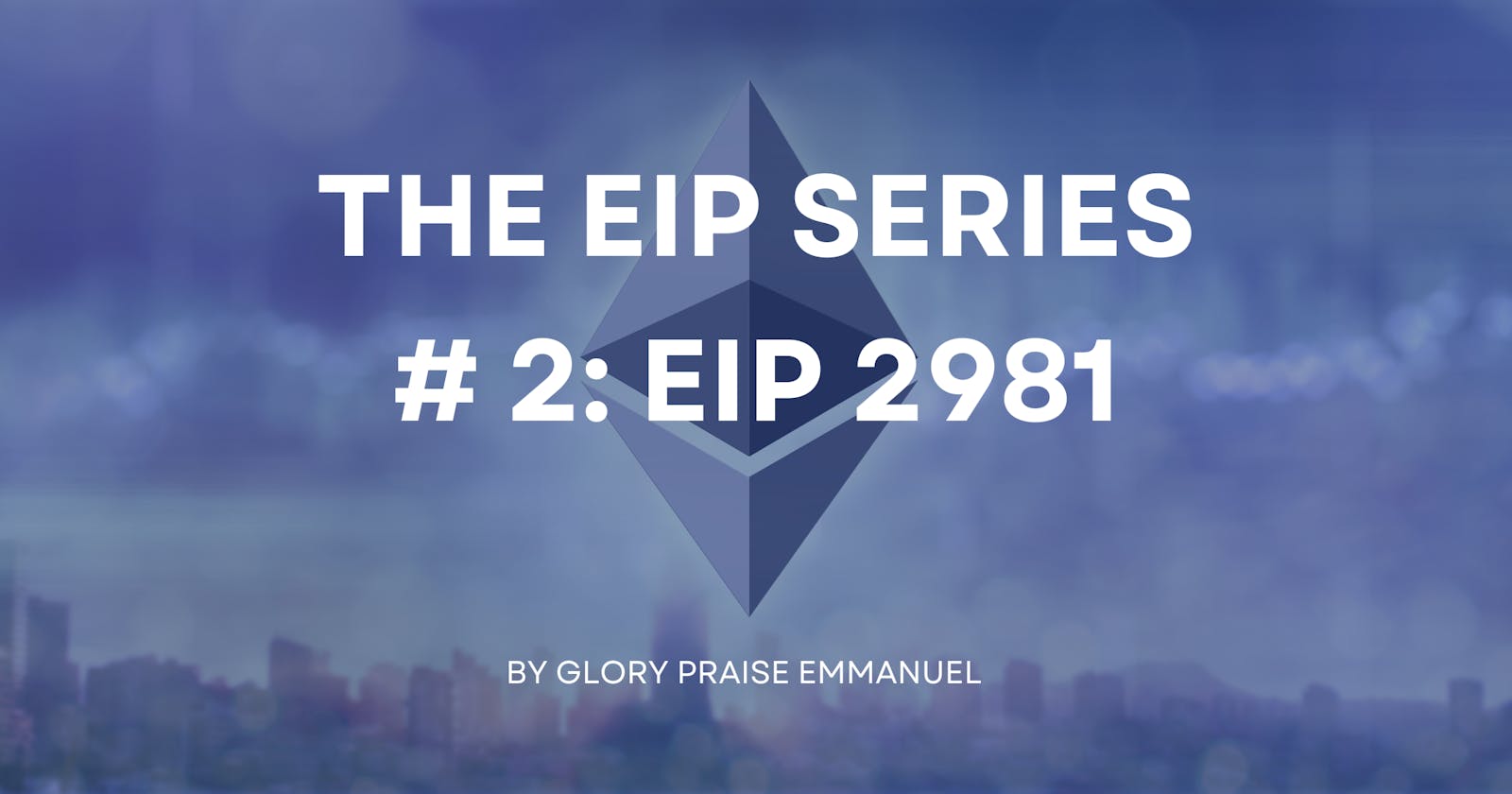The acronym NFT stands for Non-Fungible Token, a singular and untransferable digital asset that, on a blockchain, denotes ownership or the proof of the validity of a particular good, such as a work of art, a piece of music, or even a tweet. In the field of art and collectibles, NFTs are a game-changing technology because they enable actual digital ownership and scarcity. Despite being widely used, existing NFT standards lack a method for handling royalties and do not give creators a mechanism to get a percentage of each transaction conducted using their NFTs. This problem is addressed by EIP-2981, which offers a means for NFT creators to get money from their works even after they have been sold.
Introduction
EIP-2981, also known as the "NFT Royalty Standard," is an Ethereum token standard that was proposed in 2020 and finalized in July 2021 with the goal of providing a standard for NFTs to pay out royalties to their creators. This standard's main goal is to give NFT creators a way to get a percentage of every future transaction conducted using their NFTs. With the help of this standard, NFTs will be able to transmit a percentage of their value to creators, which can encourage and compensate them for their contributions.
Developers and users can quickly attach royalty information to NFT assets kept on the blockchain thanks to Ethereum Improvement Proposal (EIP) 2981. This makes it possible for all parties to have access to a single data storage and calculation layer, which facilitates the tracking and enforcement of royalties.
Key Features of EIP-2981
Royalty Payment: This offers a means through which NFT developers can be paid a royalty in the form of ETH or other ERC-20 tokens for a portion of each future transaction conducted with their NFTs.
Transparency: The royalty payments are documented on the Ethereum blockchain, which gives everyone involved accountability and transparency.
Flexibility: Supports flexible royalty arrangements that provide creators the option of selecting a fixed sum or a percentage of each transaction. Giving the creators and NFT owners options by allowing for various royalty rates and payment schedules.
Advantages of EIP-2981
Provides a new revenue stream for NFT creators
Supports flexible royalty structures
The ability to collect ongoing royalties can boost the liquidity of NFTs, making them more appealing to buyers and collectors.
Makes use of smart contracts for transparent and secure royalty payments - Offers a straightforward and effective method of conducting royalty payments, minimizing the complexity and administrative burden.
it seems to calculate the royalty amount intelligently, taking the calculation of Royalty fees out of the hands of marketplaces and ensuring the fees are calculated transparently, according to consistent logic, and in reference to the sales price of the NFT at the time of purchase.
Royalties would encourage developers to design NFT collections with a greater focus on long-term utility, brand permanence, and substance, to build a long-term market for their NFTs, and to be less dependent on initial speculated value to ensure their ROI. This could substantially develop the market, and perceptions of its credibility.
Drawbacks and Challenges of EIP-2981
Lack of widespread adoption
Potential influence on the secondary market for NFTs
The royalty payment system may be difficult for certain users to understand, especially if they are unfamiliar with NFTs and blockchain technology.
Conclusion
In addition to offering a mechanism for creators to continue profiting from their works even after they are sold, EIP-2981 offers a standard for handling royalties in the ecosystem of NFTs, which has the potential to completely change how creators are rewarded and encouraged. Its simplicity and transparency can help increase the liquidity of NFTs and make them more attractive to buyers and collectors. Despite the difficulties, EIP-2981 is a critical step in building a more sustainable and fair ecology for NFTs. To learn more about EIP-2981, visit the EIP proposal page here.

